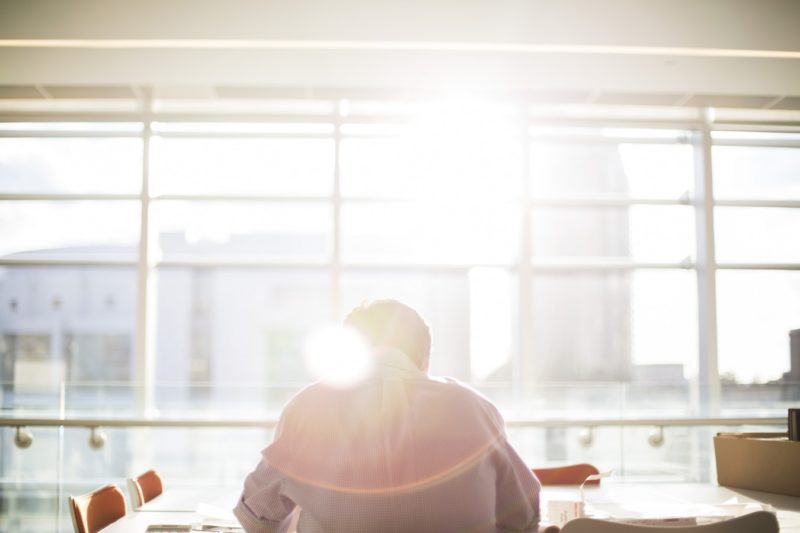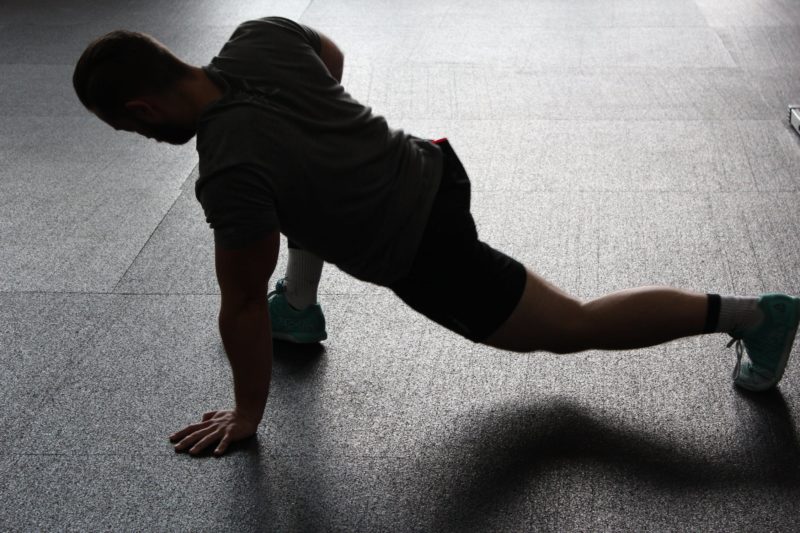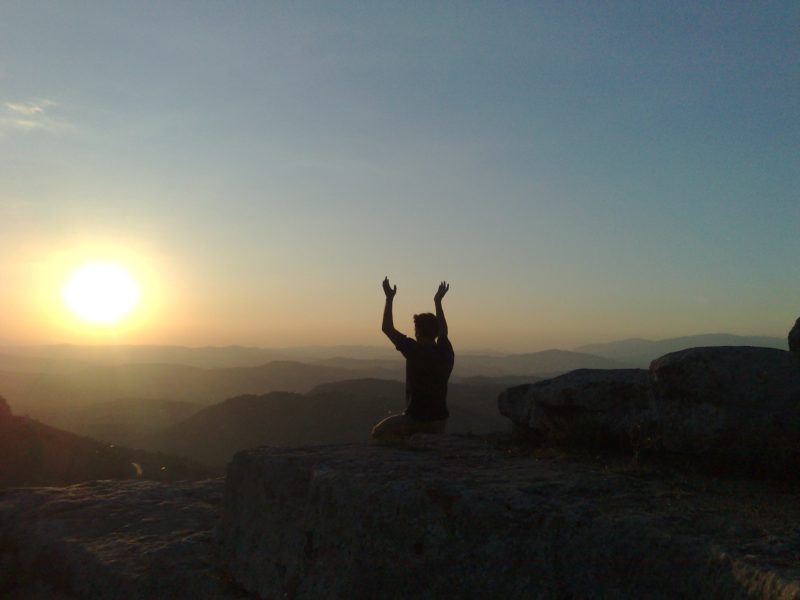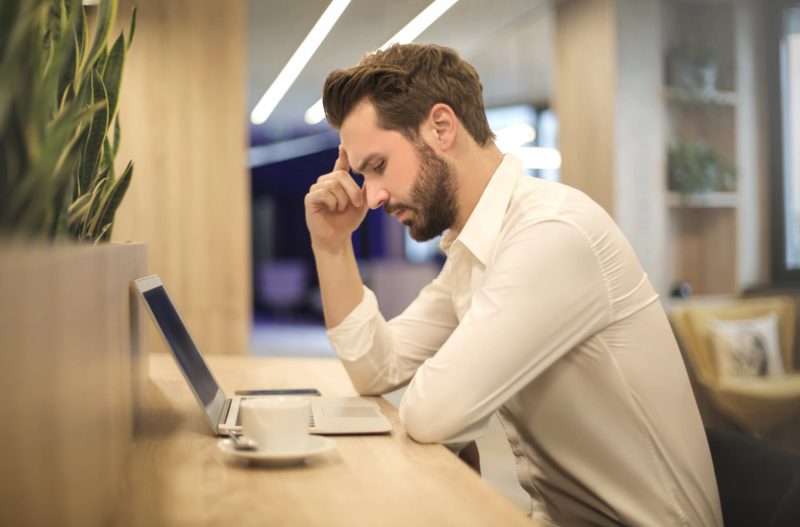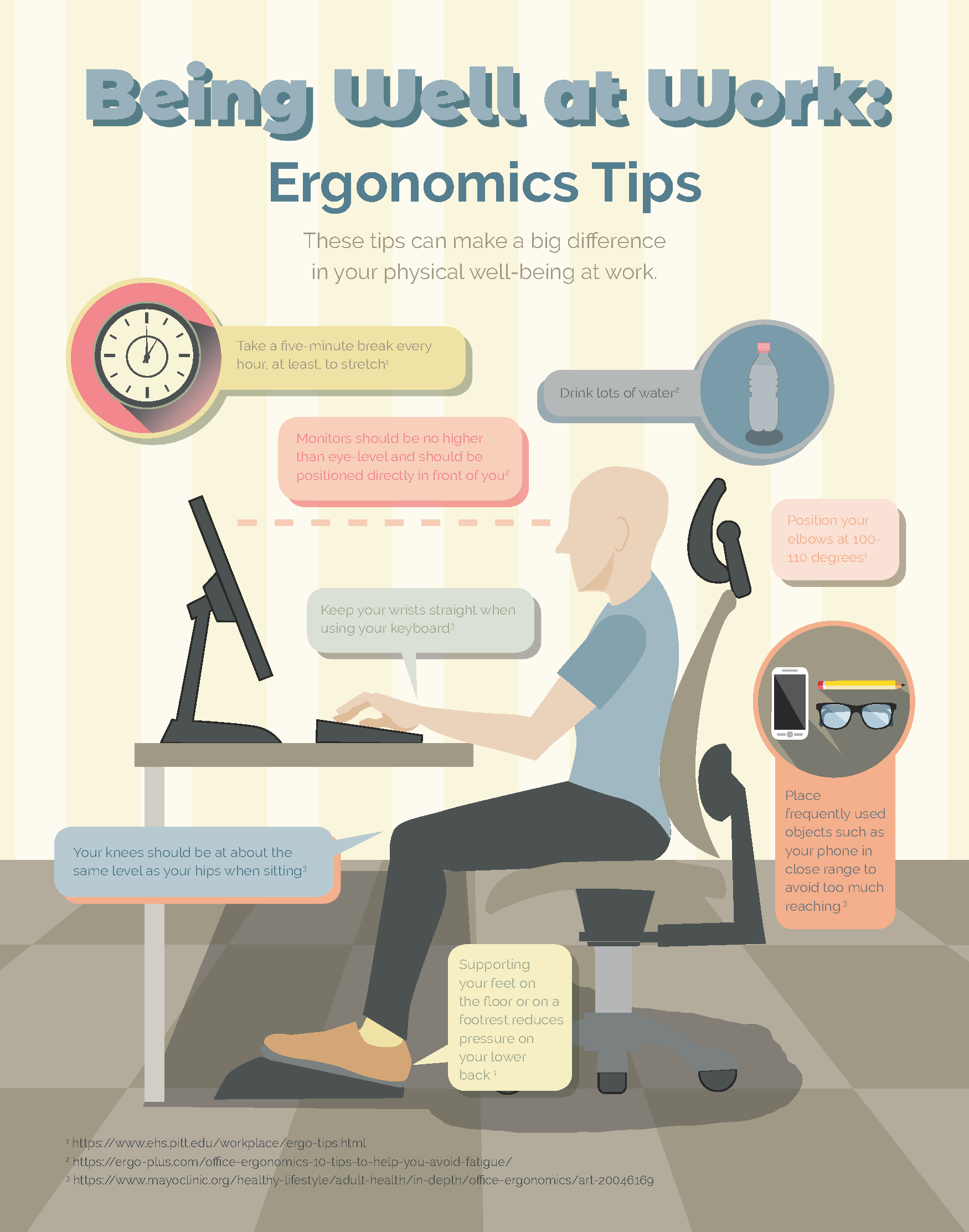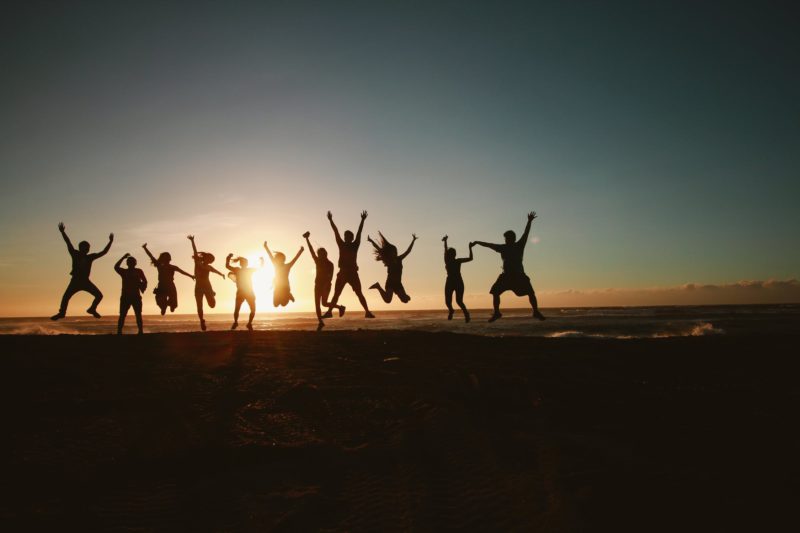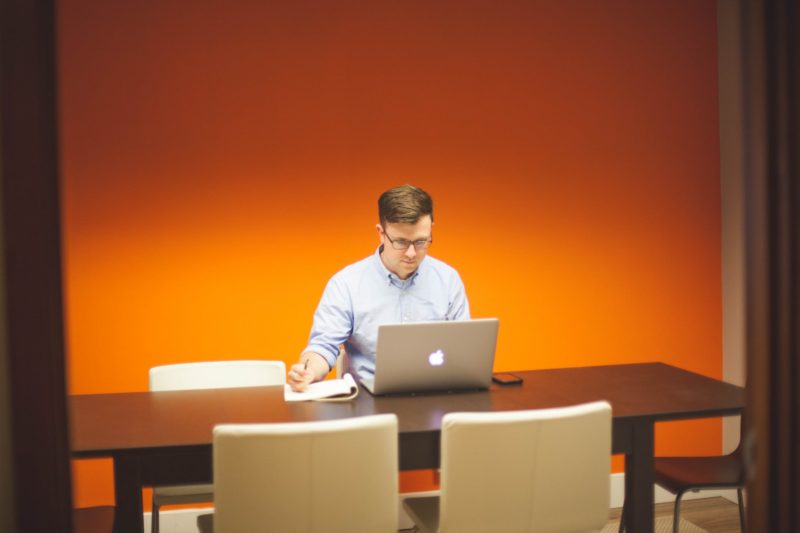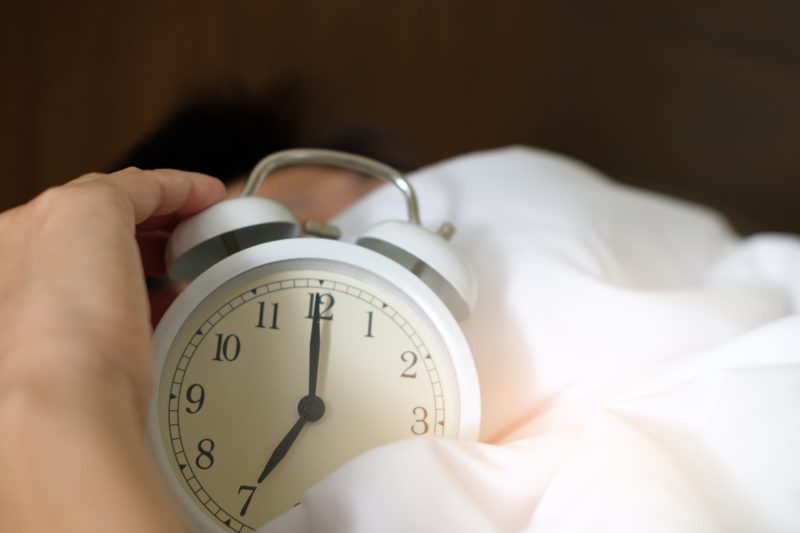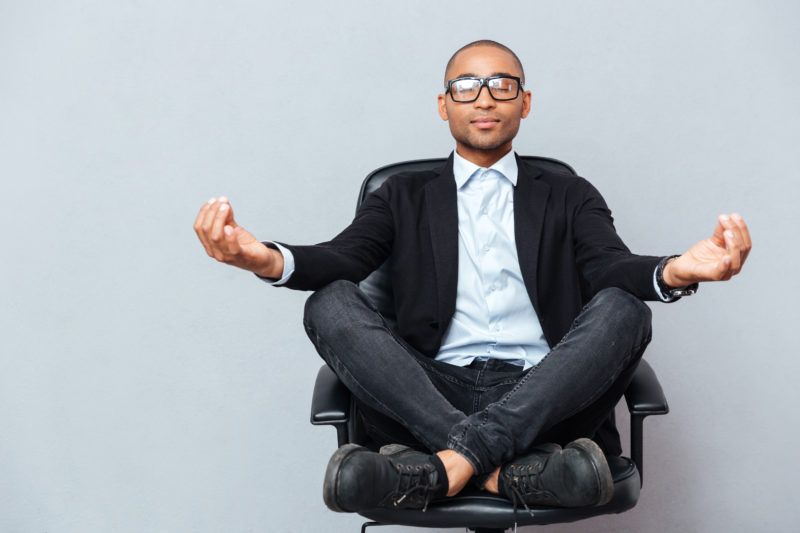Be the Best You
By Joan R. M. Bullock
In the March/April issue I wrote the article, “Today’s Lawyer,” focusing on the solo and small firm practitioner. I noted how the DIY economy, fueled by commoditization of legal solutions from digital platforms, threatens the practices of solo and small firm lawyers. A similar commoditization — developing reusable templates for bread-and-butter legal work — functioned well for the small firm practitioner. The practitioner profited from being able to charge a reasonable fee based upon the value of the legal solution proffered even though the actual time taken to provide the legal solution was shortened through the repeated use of the template. In fact, the small firm practitioner could expand the practice by utilizing interns, new lawyers and paralegals to complete and review the template for client matters with a resultant growth in revenue and profits for the firm’s bottom line. Digital platforms such as LegalZoom, Rocket Lawyer, Nolo, LawDepot and even the Google search engine, however, took this commoditization of legal solutions one step further—making a form of the template accessible to the lay market, permitting these platforms to profit from the volume of those seeking access as well as from the subsequent queries that come from the lay market utilizing those templates.
The increasing competitive nature of small firm practice and the growing encroachment of digital platforms in the legal services market have resulted in seasoned practices being reluctant to bring on novice attorneys who cannot contribute to the bottom line early on. Law schools have stepped up to this challenge and are providing more skills and experiential training in the curriculum. But is this enough?
About a month ago I got an update on LinkedIn regarding an article entitled “How a Thomas Jefferson Grad Came to be in Charge of the Ivy League Alums.” The author, Frederick Shelton, President and CEO of the Legal Business & Marketing Consulting firm of Shelton & Steele, wrote about the “Rainmaker’s Reward” and the utility of street smarts. It’s no secret that those who are able to make it rain are prized in a firm. Lawyers who can bring in new business are highly valued, even if they do little of the work that they bring in and even if they give little face time in the office. They add directly to the firm’s bottom line and therefore are given deference. This deference extends to how much time they need to spend in the office and how much client work they need do. Rainmakers have options. A firm not willing to give this deference will soon find that the revenue generated by the rainmakers will leave with those rainmakers to more accommodating firms. This is the “Rainmaker’s Reward” and it is control over the lawyer’s professional destiny and personal life.
Many lawyers, however, are uncomfortable seeing themselves as rainmakers. It looks too much like selling. They’d rather do the work. After all, that’s what law practice is all about. Unfortunately, those who do the work can be easily replaced—by smarter lawyers, less expensive lawyers or other professionals, or even technology. For example, even in the “olden days” tax law was complicated, with many tax returns completed by lawyers. Over the years, tax lawyers lost tax return clients to accounting firms; accounting firms lost many of these clients to volume-based businesses like H&R Block; volume-based businesses lost clients to software companies that catered directly to individual taxpayers. Now, for the simplest returns, the IRS allows individual taxpayers to complete their return from the IRS website without having to purchase the software. The now pervasive use of technology to assist in completing the tax return has converted a manual, calculator with pencil-and-paper approach by a professional, to a gathering of documents, fill-in-the-box approach by the consumer. Taxpayers’ ease in utilizing technology, coupled with software that replaces the judgment of a professional in determining the significance of the taxpayers’ information has, to a large extent, demystified the tax return process.
With more of the lawyer’s work being replaced by technology, it is critical that the lawyer develop a level of street smarts along with embracing the skills of a rainmaker. The sitting at the desk waiting for a prospective client or a supervising attorney to ring your phone or stop by your office and provide you with work is no longer a viable option. Street smarts is the creative edge needed to see and exploit gaps for competitive entry and differentiation. In this regard, the successful lawyer creates his or her own path for job security. A great example of this is TJSL alumna Candace Moon, who was profiled in the June 2018 issue of the ABA Journal. She created her entry into the practice of law by discerning and exploiting the gap in the craft beer industry.
Ultimately, lawyers want to have a sense of fulfillment, to believe that they are making a meaningful difference in the world and impacting their clients in a positive way. This can only happen if first, lawyers have control over their personal and professional lives. Accordingly, teaching law students today must include life skill lessons. We’ve heard it before: “In the event of loss of cabin pressure … place the oxygen mask on yourself first before assisting others.” Life happens to everyone. Lawyers take care of and counsel others best when they are in a good place by having first taken care of themselves. Be the best you for your clients and your firm. Take care of yourself — first.
